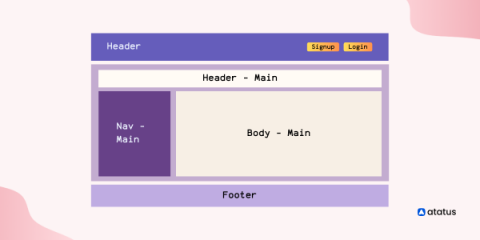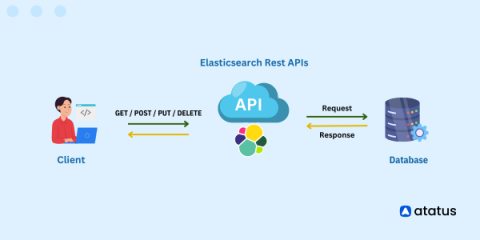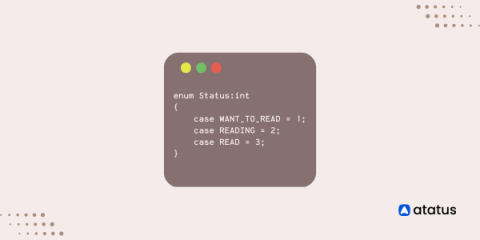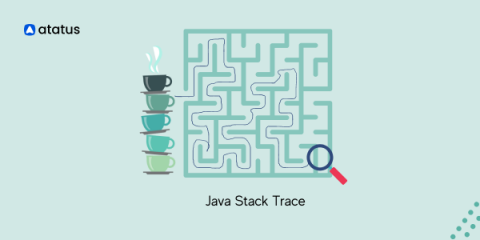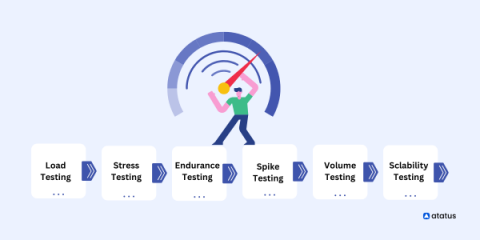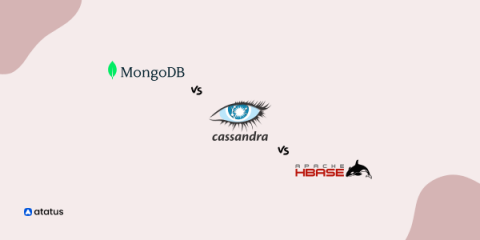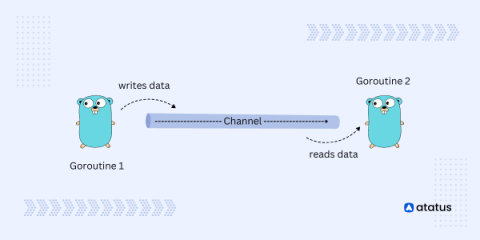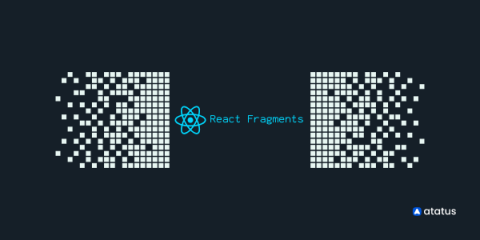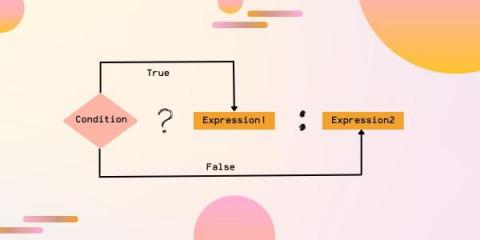The A to Z Guide of CSS Grid: From Fundamentals to Advanced Techniques
The aspect of look and feel of a website could be a challenging task for the developers. It is of no doubt that presentation is a key area for enhancement of user experience. This is where CSS comes in to play allowing you to style your website as per your requirement. It presents different approaches to website development. CSS holds a variety of features and elements that help you style your website.


